如今,全球气候的变化已经成为越来越多人关注的焦点,我们通过技术的创新发展实行低碳经济是一个全新的创举。我们现在所提倡的低碳经济、环保经济、可持续发展等等离不开环境卫生的保护工作,更离不开活性炭过滤器的发展。
活性炭过滤器不仅可以带来经济效益,还能够形成强有力的国际经济新的增长点。
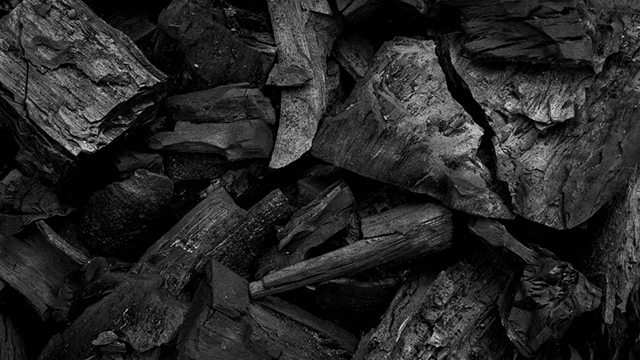 |
一、什么是活性炭?
活性炭是在非常高的温度下用CO2或过热蒸汽处理过的碳。这在碳中创造了一个微小的孔隙基质,增加了它的表面积,并创造了更多的地方让分子被困住,这就是使碳成为有效过滤介质的原因。活性炭过滤器也经常进行化学处理,以提高其捕捉特定污染物的能力。
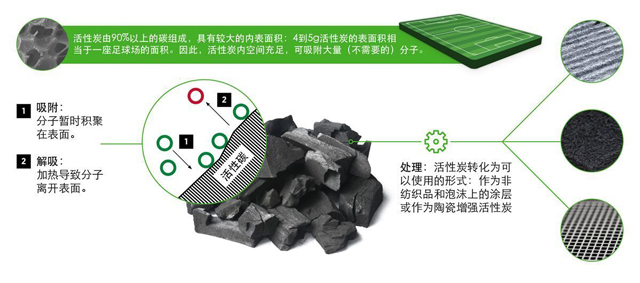 |
活性炭过滤器也称为分子过滤器(有时称为化学过滤器或气相过滤器)。它们通常采用一种叫做“吸附”的技术。简而言之,即将分子粘在具有极高表面积的材料上。
活性炭的结构有着数以百万计的微孔,一磅碳的表面积超过600万平方英尺,这使得碳可以在很长一段时间内保持其气体捕捉效率,在某些暖通空调应用中可达4年。
二、活性炭空气过滤器如何捕获污染物
活性炭空气过滤器通过吸附的过程从空气中去除污染物,这与吸收不同。
区别的关键是:在吸附过程中,污染物粘在碳的外面;而在吸收过程中,污染物被吸收在结构本身内部,就像海绵吸水一样,水不会与海绵发生化学键合,它只是填满了它里面的空间。
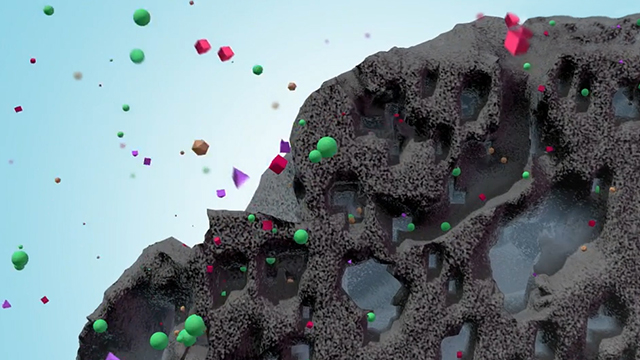 |
碳是相互连接的碳原子晶格。当一些气态物质的分子通过碳时,它可以粘附在碳床的表面,前提是经过活化生成可吸附的位点。
吸附过程中,气态污染物会逐渐填满活性炭的吸附位点。一旦碳床饱和,过滤器就不能再捕获污染物。
同时,对吸附位点具有更大亲和力的化学物质可以取代具有较小亲和力的化学物质,并且给定化学物质对吸附剂的亲和力高度依赖于环境条件,例如温度和相对湿度。
因此,随着条件的变化,不同的化学物质可能会从过滤器中释放出来。当活性炭空气过滤器饱和时,您可能会注意到它散发出奇怪的气味。这是一个强有力的指标,表明是时候更换您的碳过滤器了。
三、活性炭空气过滤器的用途
活性炭用途广泛,它可以控制绝大多数污染空气的分子,约1.5亿的化学物质。同时,也被用于消除废水处理厂和其他制造过程中的气味。
1、分离和去除空气中有害气体。活性炭空气过滤器可有效过滤空气中的 VOC。还可以去除空气中有害气体:如甲苯、酮类、醇类、四氢呋喃、二氯甲烷、三氯甲烷、三氯乙烯、过氯乙烯、二硫化碳、甲酰、汽油、含氟烃类等。这些是大多数其他机械过滤器(如 HEPA 过滤器)无法过滤的气态物质。
生活常见的香烟烟雾中的一些气体,干燥油漆或清洁产品释放的气体也可以通过碳过滤器从空气中去除。
2、过滤气味。只能过滤颗粒的机械空气净化器根本无法去除难闻的气味。因此,人们经常使用活性炭空气过滤器来去除气味。当然,活性炭过滤器也有无法去除的气味。
四、如何有效使用活性炭空气过滤器
活性炭空气过滤器是家庭或工业生产中空气净化系统的重要组成部分,必须正确使用。
1、确保过滤系统使用足够的碳。一个粗略的指导方针是:一个好的活性炭空气过滤器至少使用 5 磅碳。当然,并非所有的碳都是一样的,有些碳可能比其他碳具有更多的结合位点。
所以,过滤器的含碳足够的情况下,过滤效果越显著,因为有充足的吸附位点可以粘附。反之,则效果欠佳。
2、气流的“停留时间”至关重要。为了从空气中去除尽可能多的污染物,空气需要花费尽可能多的时间通过活性炭空气过滤器。在空气过滤行业中,这被称为“停留时间”。
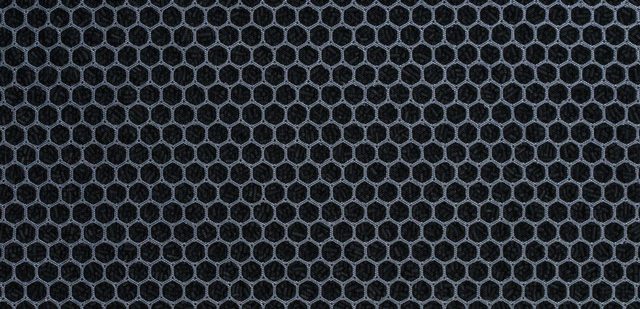 |
具有足够厚度和较长停留时间的大量碳的过滤器将比具有薄碳层的过滤器更有效。
3、碳过滤器的更换。一旦碳饱和,碳过滤器就失去效力,必须及时更换新的碳过滤器。
问题是没有一种完美的方法可以知道碳何时饱和。有时你会注意到气味;有时你不会。您可以遵循制造商的指南并定期更改它。
碳的饱和程度取决于碳的使用量和所接触的污染物量。
请注意,根据 EPA 的规定,气相过滤器不能轻易去除一氧化碳,因此必须使用其他重要步骤(例如安装一氧化碳检测器)来防止接触。
五、你应该使用活性炭空气过滤器吗
如果是在家居装修期间,或者担心家用产品、建筑材料等(如甲醛)在您家中释放 VOC。在这些情况下,短期内使用活性炭过滤器去除异味是可接受的选择。然而,从长远来看,成本较高。
如果是应用于涂装车间或电子厂房废气排放的前的废气过滤或各种新风净化和废气排放等通风系统等工业过滤。
分离和去除空气中的异味(恶臭)和有害气体,净化工作环境空气。
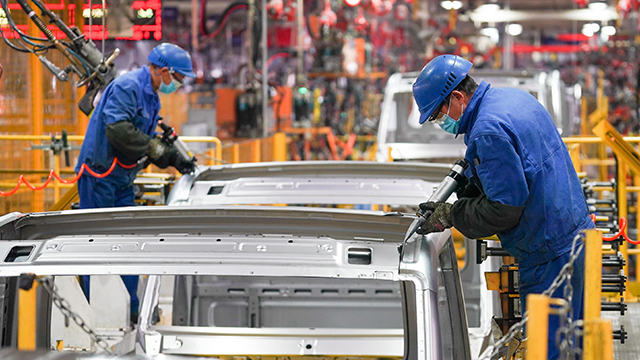 |
在这种情况下,活性炭过滤器则是必要的投资。
工业生产过程、各种功能运行及工业设施内因机械生产、搬运产生的灰尘、烟雾、化学物质、异味、焊接气体或其他空气杂质混入室内空气中对员工的生活造成不利影响,导致工作效率低下,在最坏情况下甚至会导致员工健康问题。
通过活性炭过滤器对供给空气和排出空气进行有效的空气净化是防止员工健康问题、提高工作效率以及降低许多生产过程成本的决定性因素。